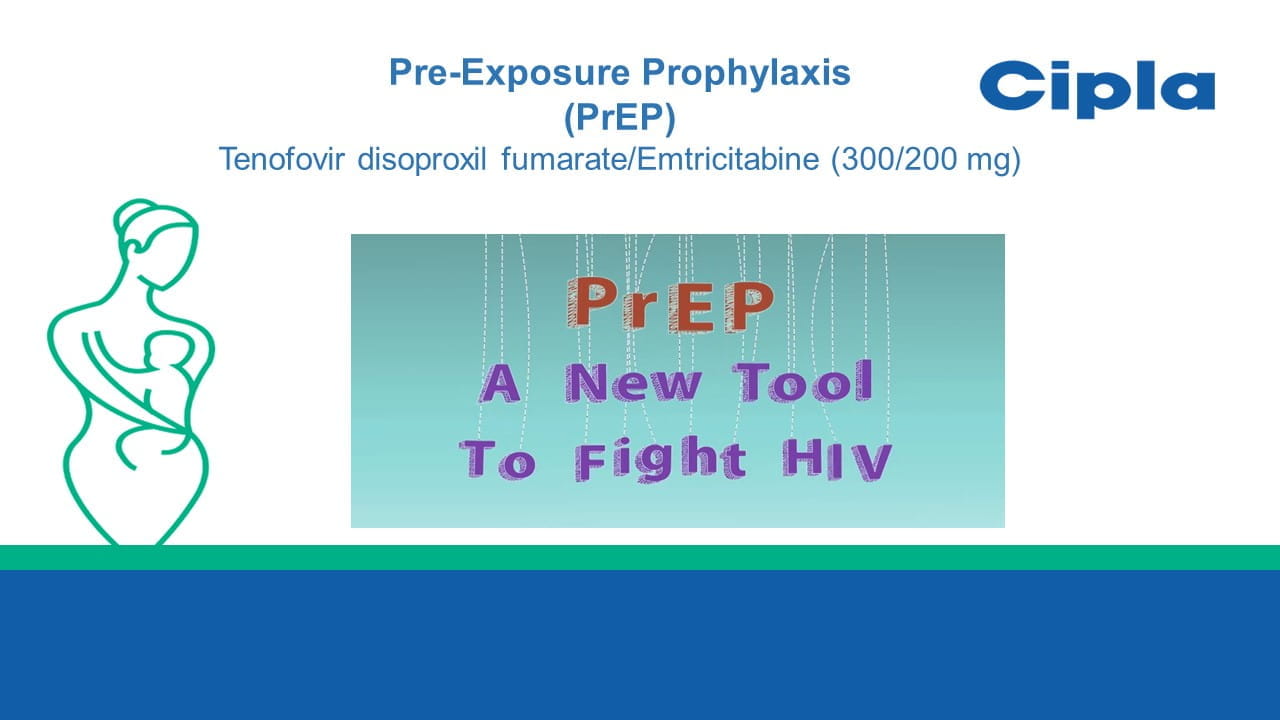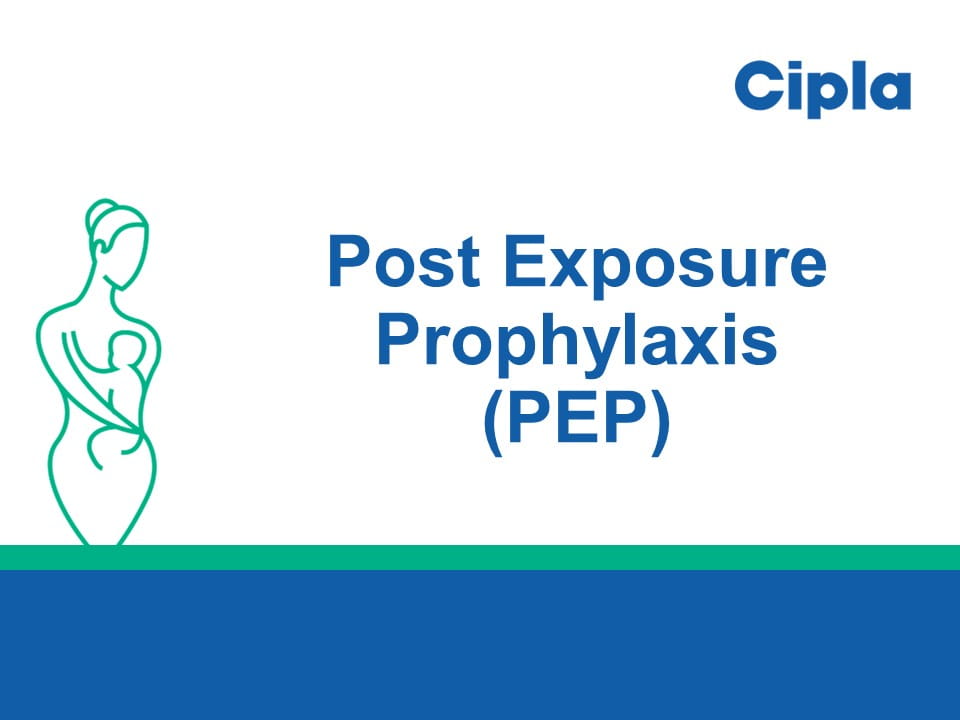AIDS 2024: Failure to Achieve Undetectable Viral Load Caused by HIV Expression from Defective Proviruses and Large Reservoir Size
Speaker: Vivek Hariharan
In individuals with Human immunodeficiency virus (HIV), there was a rapid exponential increase in plasma viremia following transmission. The virus can trigger the immune system to respond, which helps to reduce the viral load to a steady state. However, this steady state was still sufficient to drive Cluster of Differentiation 4 (CD4) cell depletion, weakening the immune system over time. Antiretroviral therapy (ART) plays a crucial role in managing HIV by significantly reducing the viral load to levels below the detection limits of standard clinical assays. ART achieved this by effectively blocking the infection of new susceptible cells. However, it did not prevent the virus's release from previously infected cells. Despite ART, latently infected cells could become activated and produce low levels of viremia. These low levels were typically detectable only through ultra-sensitive laboratory assays. However, some individuals with HIV experienced the same periods of detectable viremia above the detection limit, posing significant challenges for clinical management. A particular challenge was Non-Suppressible Viremia (NSV), where the plasma viral load remained detectable for over six months. This condition reflected ongoing virus production from infected cells above the limit of detection.
In the study, both participants could not achieve viral suppression despite multiple ART regimens. The first participant, on ART for over four years, failed to reach viral suppression despite dosage increases. The second participant, with a more complex clinical history, also did not achieve viral suppression in the last nine years despite full adherence to therapy. Upon closer examination, their clinical histories showed similarities in CD4 levels and viral loads. The key issue was their inability to reach an undetectable viral load despite effective ART over several years. Thus, to understand NSV, the Plasma virus was sequenced longitudinally to rule out drug resistance and ongoing replication, revealing a highly heterogeneous virus and suggesting a diverse infected cell population. Proviruses were measured using the Intermediate Diversity Pandemic Algorithm (IPDA), showing a significantly higher frequency of infected cells than previous population studies. However, outgrowth assays indicated that the fraction of cells with infectious provirus remained consistent with earlier lab results, not as high as expected from the IPDA data. This discrepancy suggested that a key aspect of the study was unexplored.
Near full-length sequencing revealed proviruses with identical deletions but showed mutations elsewhere in the genome, starting and ending at the same positions. This pattern of deletions, observed repeatedly, typically suggested clonal proliferation. Yet, the variability in other regions ruled out this explanation. Consequently, further implying that viruses with missing key proteins can still potentially replicate. For Participant 2, a 270-nucleotide deletion in the first exon of the trans-activator of transcription (TAT) was found in almost every sequence, with deletions starting and stopping at the same positions but with numerous nucleotide differences elsewhere. This sequencing data challenged previous understandings of defective proviruses, indicating that lethally defective proviruses might still produce infectious viruses.
To assess the impact of deletions on the virus, deletions were introduced into the lab strain NL4-3. HEK293T cells were transfected, and the virus was concentrated by ultracentrifugation and tittered using P24 Enzyme-Linked Immunosorbent Assay (ELISA). As anticipated, virion production was significantly reduced compared to the wild type. Despite low pseudo viral titres, the contribution of these deletions to NSV was investigated. Plasma virus RNA was isolated and probed for these deletions, revealing that many viral RNAs contained the deletion signatures, suggesting that NSV was partially due to these defective virions. A hypothesis was proposed to explain the accumulation of mutations in lethally defective proviruses. The hypothesis suggested that the apparent propagation of defective proviruses pre-ART is due to superinfected cells, defined as cells with multiple integrated proviruses. This hypothesis postulates that pre-ART- defective proviruses could be co-infected with intact viruses, leading to competition for packaging. Consequently, defective genomes could be incorporated into infectious viral particles, leading to their transmission in the genome and subsequent mutation during reverse transcription.
Evidence of super-infected cells was sought in vivo through activation of primary cells and single-cell P24 sorting. Cells were sorted into the first row of a Polymerase Chain Reaction (PCR) plate, lysed, and the lysate was spread across the row. PCR amplification and gel electrophoresis were used to detect proviruses. No bands indicated either amplification failure or absence of provirus. A single band suggested one integrated provirus, while two indicated multiple integrated proviruses, suggesting superinfection. For participant 2, a single P24 cell was sorted, lysed, and amplified. Two strong bands were observed: the smaller band contained the 270-nucleotide deletion and was defective, while the larger band was presumed intact. This finding provided evidence of superinfection with one intact and one defective genome in a single cell, which may explain the apparent propagation of defective proviruses. Overall, it was concluded that failure to achieve undetectable viral load could be attributed to a large reservoir size, and the propagation of defective proviruses can occur pre-ART via superinfection with intact proviruses.
The 25th International AIDS conference (AIDS 2024). 22nd-26th July, Munich, Germany




